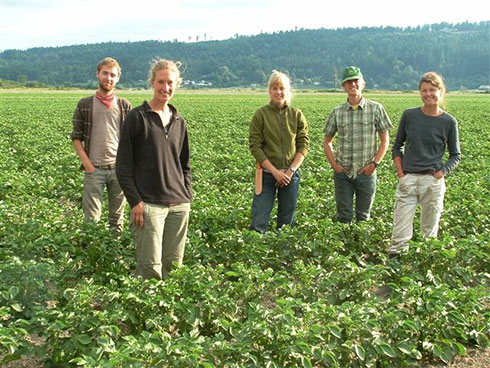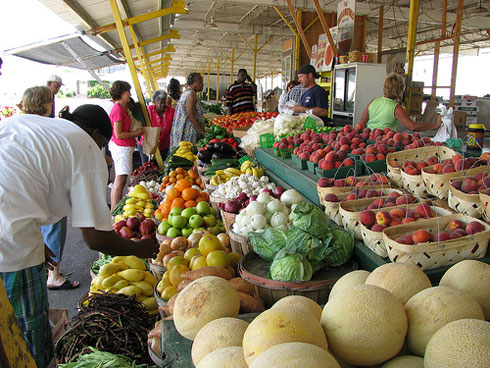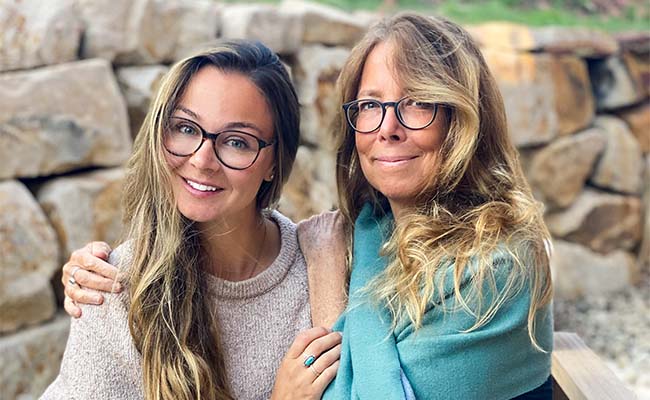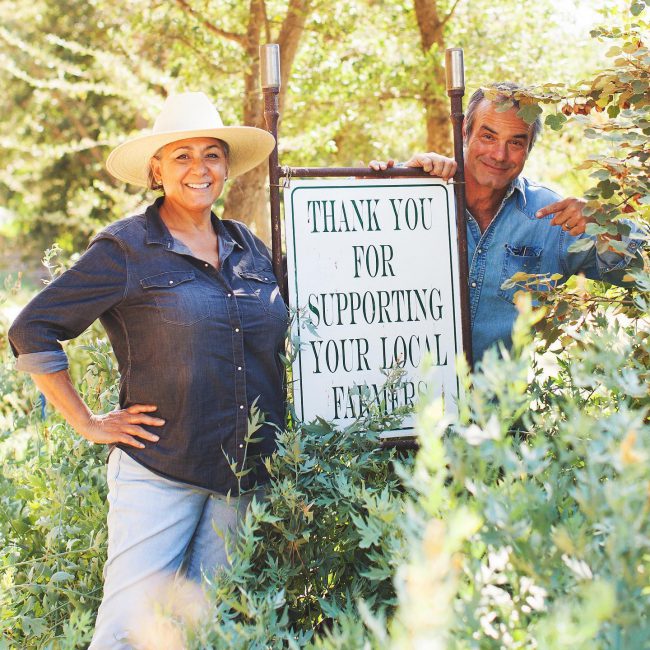Ag in the Middle
Full Circle’s farms are settling into middle age and wearing it well. While we are no longer the scrappy ‘can do’ farm of our youth, our vision remains steadfast—Feed well our community.
Heading out into the fields this past week to take advantage of the weather allowed some time to reflect on 17 years of putting seed to soil. Wendy and I spent our days teaching the next generation of growers how to tend the greenhouse seedlings, prepare the soil for planting, and drive tractors for the first time. Teaching the “how-tos” are necessary for this years crops, but instilling a passion for growing and sharing the responsibility of producing good food for the community is our secret desire.

“Where have all the farmers gone?” is a question that should cause great concern to anyone interested in food. The average age of farmers has steadily increased and is now approaching 60. Further, since 1997, the number of farms has declined in all categories, except the very small, less than $2500 in sales and the very large, more than $500,000 in sales, with the biggest gains, nearly 30%, in farms that produce more the $1million in sales. The gap between small farms and large commercial operations puts more stress on local and regional food production.
I recently had the pleasure to present at a USDA workshop in Washington DC on Ag in the Middle. Full Circle is part of a grant administered by researchers at WSU, OSU and the UW Madison to study ways that mid sized farms can remain viable in today’s food system.

It is the mid sized farms that have the desire and capacity to produce the food necessary to feed our urban neighbors. Yet the current state of food production, one that favors large scale agribusiness or industrial farms selling into large consolidated grocers, has put enormous pressure on regionally based producers who simply cannot compete on price alone. Here in King County there are only a handful of these farms that remain.
These mid sized farms provide jobs, cycle local dollars back into the community, steward our open spaces, and provide food security for the community. In D.C., I learned about the Organic Valley Cooperative model and how their 1400 dairies around the nation receive significantly higher and less volatile prices for their milk. I saw how Shepherd’s Grain, an Eastern Washington wheat company, showcased individual farms and their improved tillage techniques in order to unlink the commodity pricing of wheat and provide a more stable and equitable return.
Full Circle is also acting as a food hub, creating new markets for growers, allowing smaller farms to scale up and helping make all producers profitable. Our alternative marketplace, the farmer’s market delivered, favors the locale and quality of the product and wants to share the producer and their story rather than let price or volume determine our partners.
We created a platform that allows small, even tiny producers to market their products alongside larger producers all the while giving transparency and choice to the consumer. This flexibility creates a better offering for our members and is a big step in fixing a broken food system.
– Andrew Stout, Full Circle Founder


Leave a Reply